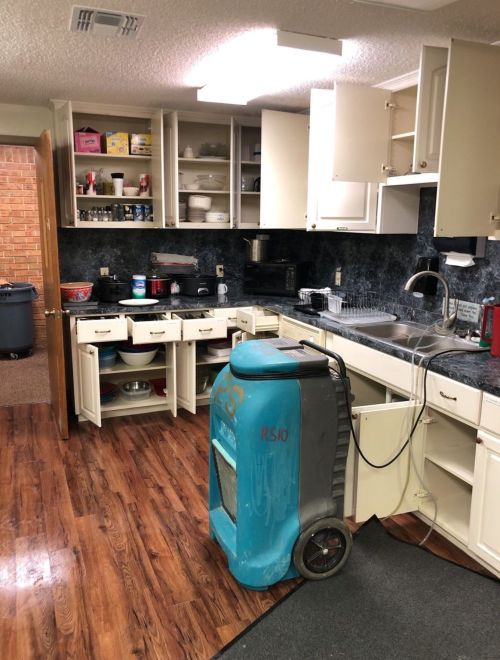Fall Maintenance Tips to Prevent Appliance and Water Heater Leaks
09/03/2025

As temperatures dip and storm systems leave their mark, the fall season brings a unique set of challenges for homeowners. Cooler weather and remnants of recent storms can stress appliances and water heaters, making preparation a necessity to avoid costly leaks and water damage.
Why Fall is a Critical Time for Leak Prevention
-
Cooler weather can cause cold water lines and tanks to contract, placing strain on seals and valves that may already be worn from summer heat.
-
Storm remnants, such as heavy rain and shifting humidity, can ground your property in moisture or cause minor flooding—both of which heighten the risk of hidden leaks.
As we enter the preparation season, it’s easier and more affordable to address potential issues now rather than deal with emergency water extraction later.
1. Inspect Water Heater Components
-
Drain and flush the tank: Sediment buildup reduces efficiency and can wear down the tank’s interior, accelerating corrosion.
-
Check the pressure relief valve: If it's leaking or weeping, it could indicate excessive pressure inside the tank.
-
Assess for corrosion: Metal discoloration or rust spots often mean the tank is aging and may be close to failure.
-
Inspect connections and fittings: Ensure that inlet/outlet pipes and drain valves are tight and free of leaks.
2. Evaluate Appliances and Their Supply Lines
-
Washing machines, refrigerators, dishwashers—all rely on supply lines that can weaken over time. Look for bulges, cracks, or rust, and replace old hoses with durable, braided stainless steel alternatives.
-
Run a test cycle on each appliance and be on the lookout for tiny drips or pooling underneath.
3. Prepare for Cooler, Storm-Prone Weather
-
Protect exposed pipes: Insulate or install heat tape on vulnerable water lines to prevent freezing and cracking as temperatures fall.
-
Address humidity: After humid storm weather, ensure your basement, laundry room, or utility space is dry—dehumidifiers can help prevent condensation-related leaks.
-
Check flooring and drains: Before storm season intensifies, confirm that floor drains are clear and that your flooring slopes properly toward them.
4. Plan for Emergency Preparedness
-
Know your main water shut-off valve location, and ensure it’s easy to access in case you need to stop water flow quickly.
-
Label shut-off valves on appliances and your water heater—this speeds response time during emergencies.
-
Schedule a professional check-up: If you notice persistent moisture or suspect internal leaks (such as from the tank itself), call in a trusted team to assess whether repair or replacement is needed.
5. Seasonal Maintenance Checklist
| Task | Why It Matters |
|---|---|
| Flush and drain water heater | Removes damaging sediment and extends lifespan |
| Tighten and inspect fittings/valves | Prevents slow drips and sudden failures |
| Replace old or compromised hoses | Minimizes risk of burst or weakening lines |
| Pipe insulation/heating | Prevents freeze-related damage |
| Clear drains & manage humidity | Reduces hidden leak and mold risks |
| Mark and test shut-off valves | Improves response speed during leaks |
| Call professionals for evaluation | Ensures structural safety and timely remediation |
Final Thought
With just a handful of proactive steps, you can significantly reduce the risk of appliance and water heater leaks as cooler temperatures and storm-related moisture set in. Early fall is the perfect time to tune up and fortify your systems—protecting your home and avoiding the headaches (and costs) of water damage restoration. Call CC Water Extraction today at (210) 791-7177 for a free consultation!


